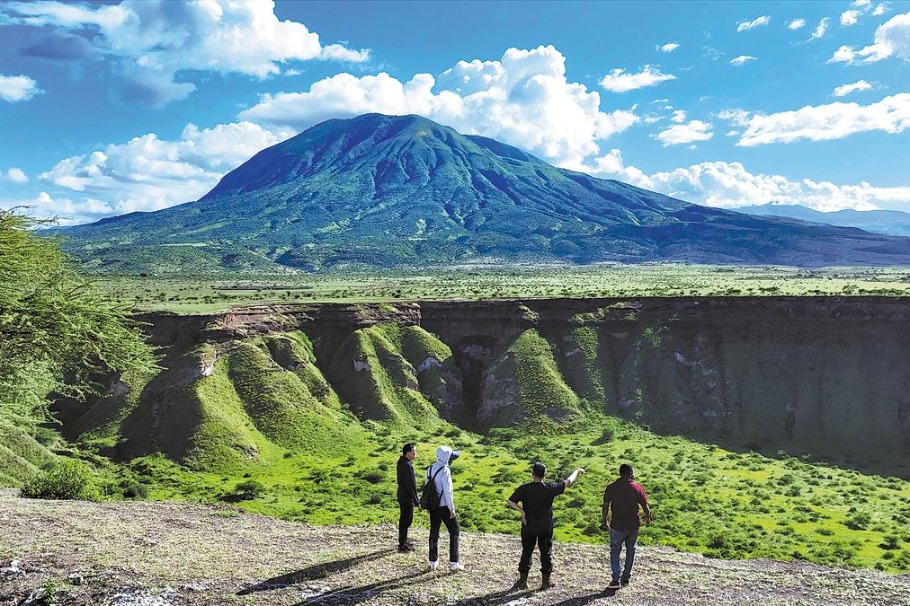Scientists find snail in dinosaur-era amber

BEIJING - An international team of paleontologists announced Friday in Beijing their discovery of a fossilized snail in a piece of amber dating back around 100 million years.
While most of snail fossils retain only the shell, the new discovery is the oldest example of soft tissues, such as the tentacles, of snail preserved in amber, according to Xing Lida, an assistant professor at the China University of Geoscience and leader of the team.
The snail in amber was found at Hukawng Valley in northern Myanmar, an area rich in amber fossil discoveries. Amber can contain different kinds of soft tissues, providing valuable palaeontological information.
"The pair of tentacles and the eyes of the snail have been preserved intact in the amber," said Xing.
The research was jointly conducted by scientists from China, Britain, Australia, and Canada. The findings have been published online on the latest issue of the journal Cretaceous Research.
- Chinese institutes launch powerful AI model to find disease-causing gene mutations
- CPC Central Committee to hold news conference on plenary session
- Conference calls for tech innovations to fight weed menace
- CPC plenum concludes, adopting recommendations for China's 15th Five-Year Plan
- China plans to revise Cybersecurity Law to address challenges imposed by AI
- Experts call for gender equality in digital future at UNESCO forum





































